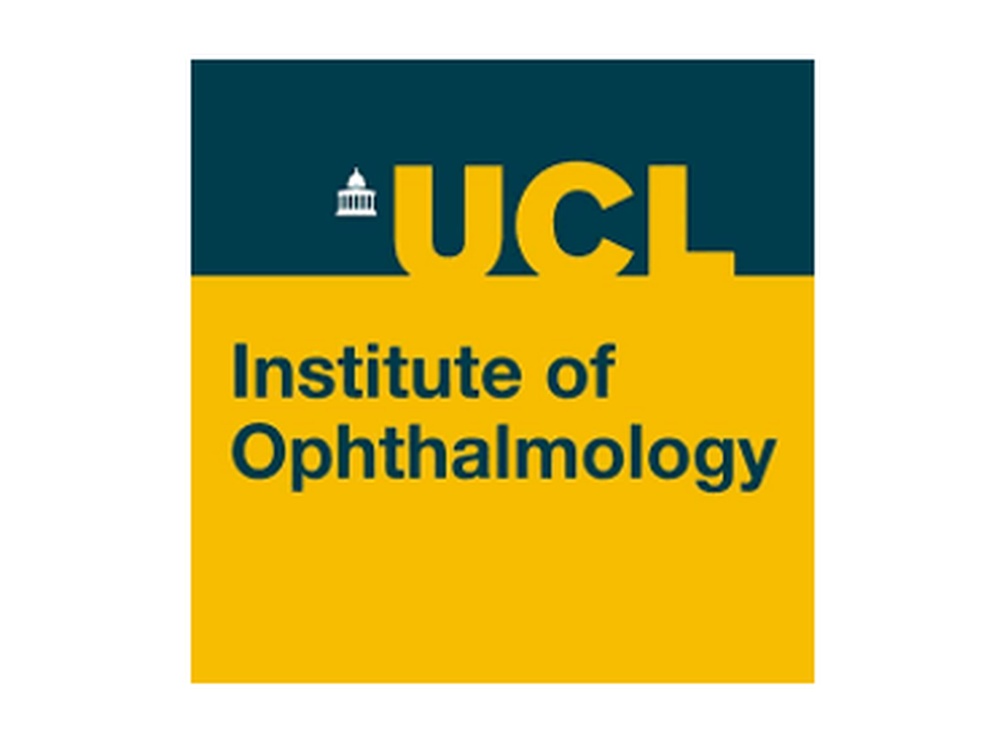What is this study about?
- This study tests a new treatment to help with droopy eyelids (ptosis) and eye movement problems (squint) using red light.
- We use a torch to shine a red light through the closed eyelid for three minutes a day. The study will run for 18 months.
- We believe that this treatment could help strengthen the muscle in the eyelid to make it easier to open the eyes, and could also help some children with squint.
Where will the study take place and who is responsible?
- The study is being run at UCL’s Institute of Ophthalmology.
- Participating children/young people will be seen at Moorfields Eye Hospital in London; families can self-refer.
Who can take part?
To be considered for the trial, patients must:
- Be aged 3 years to less than 18 years.
- Have a genetically confirmed diagnosis of primary mitochondrial disease (known pathogenic mutation(s) in mitochondrial or nuclear DNA known to cause primary mitochondrial disease.
- Have ptosis (lid-droop).
What is involved in taking part?
To determine whether a patient is suitable for the study, the study team will ask about medical history and demographics (e.g. age).
During the study period:
- All children will receive a specially designed red-light torch; half of them at the first visit, and the other half at the second visit three months later.
- We will ask families to use the red light once a day in the morning, every day, shining the red light for three minutes at each eye.
- There will be five study visits: baseline, and three, six, 12 and 18 months later.
- The study team will check their vision and eye alignment and movements, and take a photo of the face (every visit) and two special pictures of the eyes (first and last visit only).
- During the first visit and then a week before the follow-up visits, parents/carers are asked to complete two questionnaires at home.
- We will ask parents to take a photo of their child’s face in the morning, on their phone or tablet computer, once a week.
Are there any risks?
The study treatments are safe; red light is not known to cause any side effects.
Are there any benefits to taking part?
- We cannot promise the study will help participants personally.
- However, we think that red-light treatment may help with droopy lid. It’s not a cure, and it will need to be used every day.
- If this study is successful, then we will prepare a bigger clinical trial.
How do I find out more?
If you would like further information about the RED LIGHT PTOSIS trial, please contact Prof. Glen Jeffery ([email protected]).

